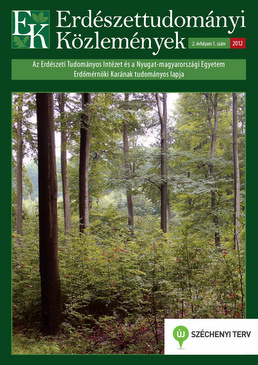Biological control technology against Heterobasidion annosum root rot in Scots pine stands
András Koltay, Tamás Lakatos, Tímea Tóth & Zoltán André
Correspondence
Correspondence: Koltay András
Postal address: H-3232 Mátrafüred, Hegyalja u. 18.
e-mail: koltaya[at]erti.hu
Abstract
In forest-ecosystems it is very important to apply selective and biological control technologies against pests and pathogens. Such method in forestry is the usage of antagonistic fungi or other micro-organisms. One of the most dangerous pathogens of conifers in Hungary is the Heterobasidion annosum root rot. Formerly Hubert Pagony applied successfully a biological control agent against it in Scots pine (Pinus sylvestris) stands. However, these research achievements fell into oblivion, although the pathogen is still present in our forests. In the past few years we re-developed this method, by the usage of Phlebiopsis gigantea and rearranged it according to present-day requirements. We were able to produce an inoculum, which is suitable for industrial-scale usage and manufacturing. Our experiments so far evidently claimed that this method can open new perspectives in root rot control in Scots pine forests.
Keywords: Scots pine, biological control, root rot, Heterobasidion annosum, Phlebiopsis gigantea, Pinus sylvestris
Open Acces
For non-commercial purposes, let others distribute and copy the article, and include in a collective work, as long as they cite the author(s) and the journal, and provided they do not alter or modify the article.
Cite this article as:
Koltay, A., Lakatos, T., Tóth, T. & André, Z. (2012): Biological control technology against Heterobasidion annosum root rot in Scots pine stands. Bulletin of Forestry Science, 2(1): 173-185. (in Hungarian)
Volume 2, Issue 1
Pages: 173-185
First published:
3 September 2012
Related content
2
More articles
by this authors
3
Related content in the Bulletin of Forestry Science*
More articles by this authors in the Bulletin of Forestry Science
* Automatically generated recommendations based on the occurrence of keywords given by authors in the titles and abstracts of other articles. For more detailed search please use the manual search.
